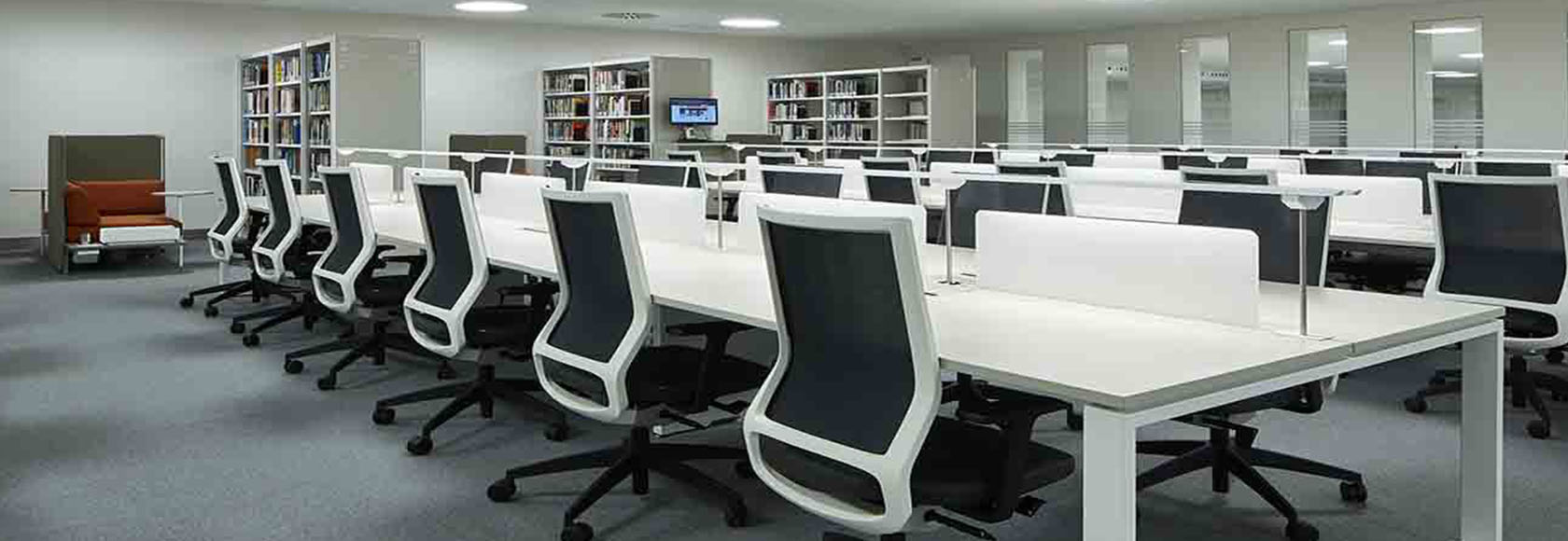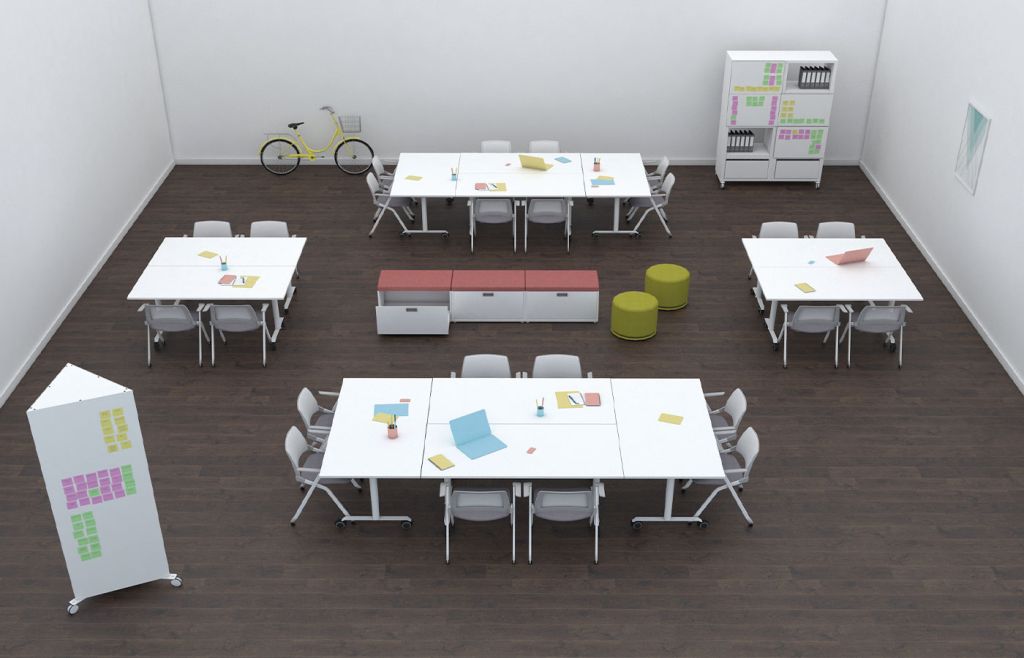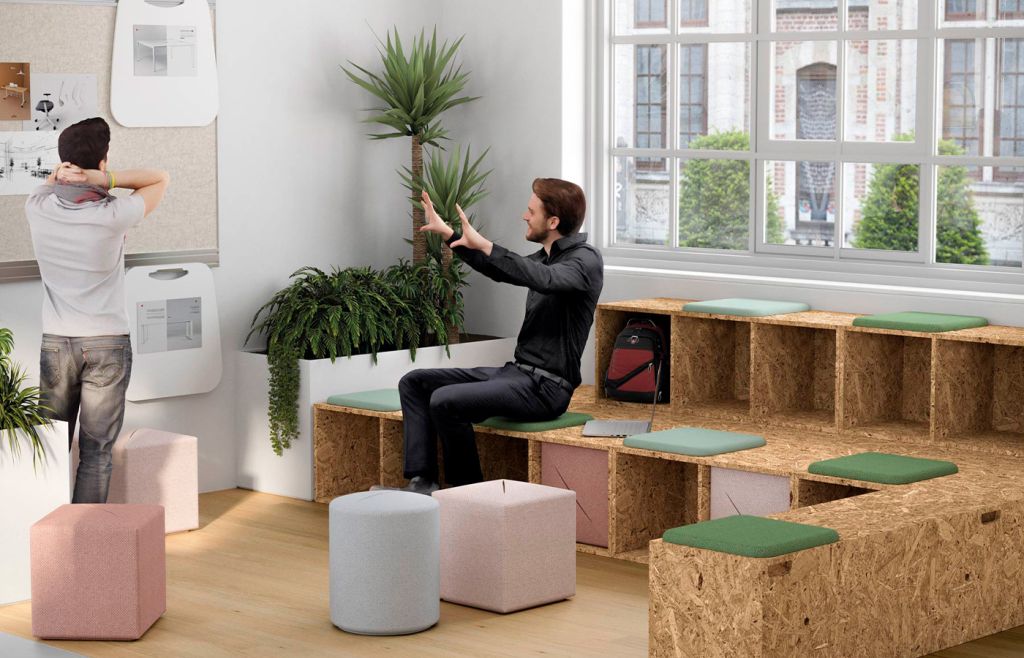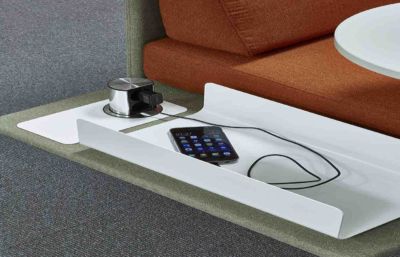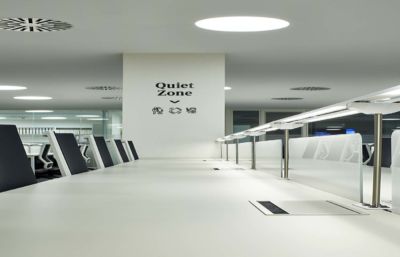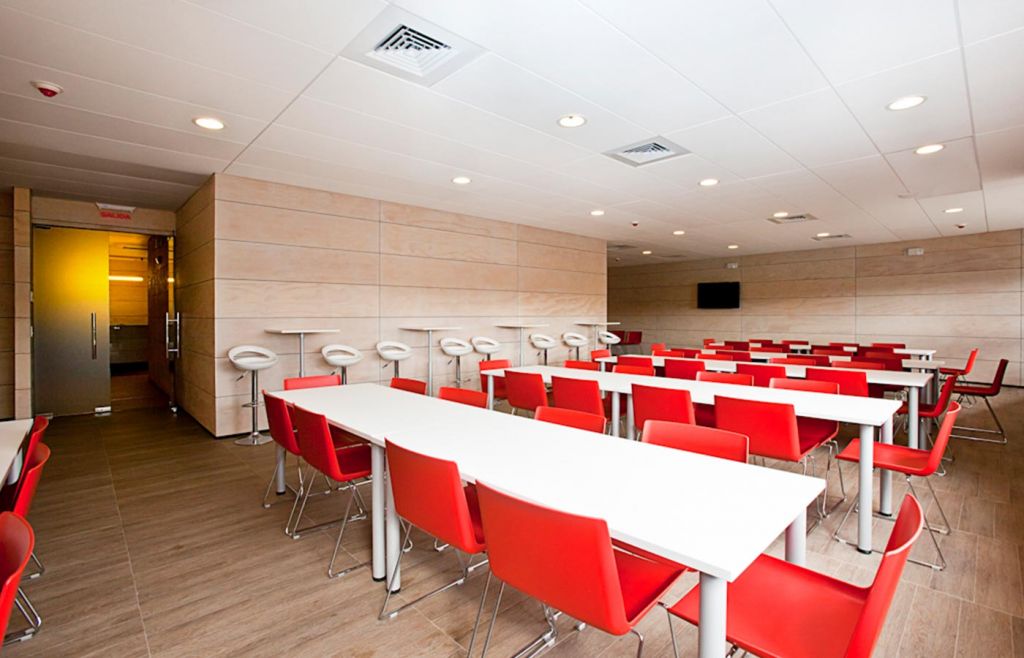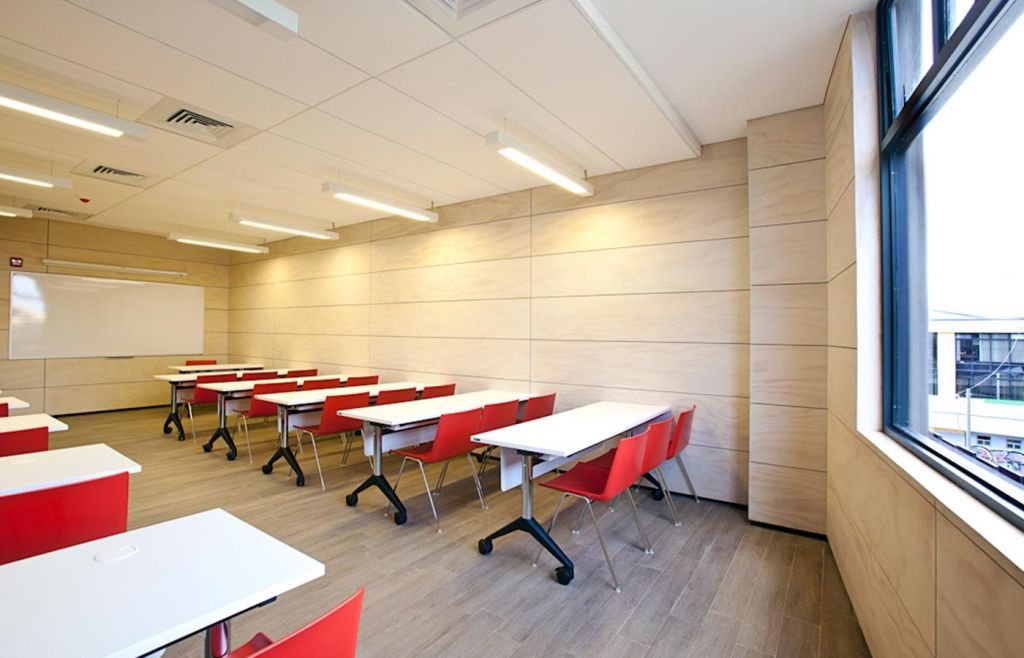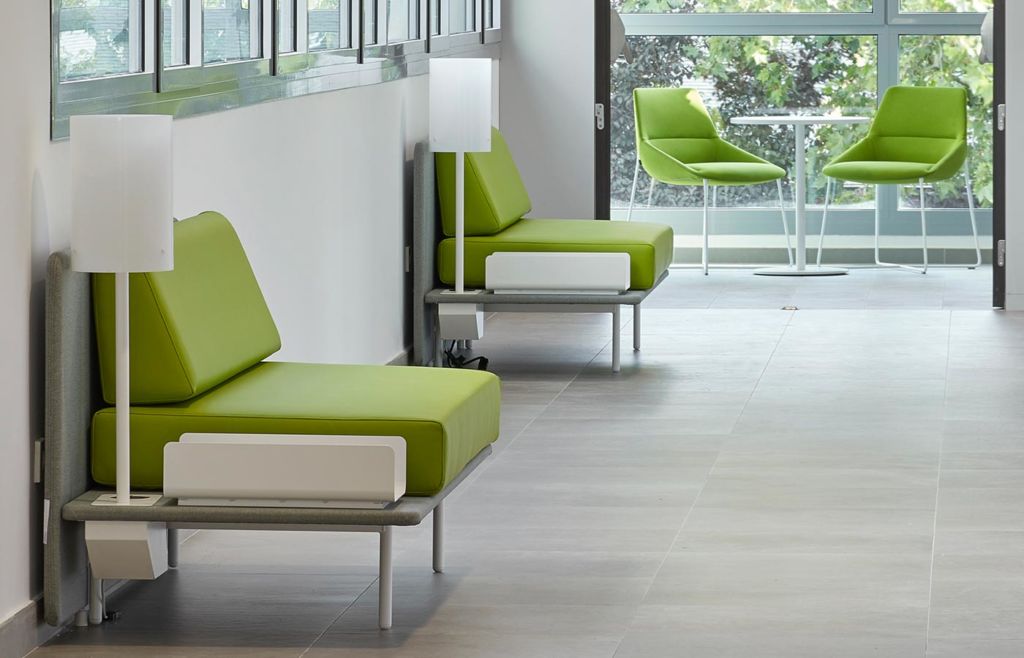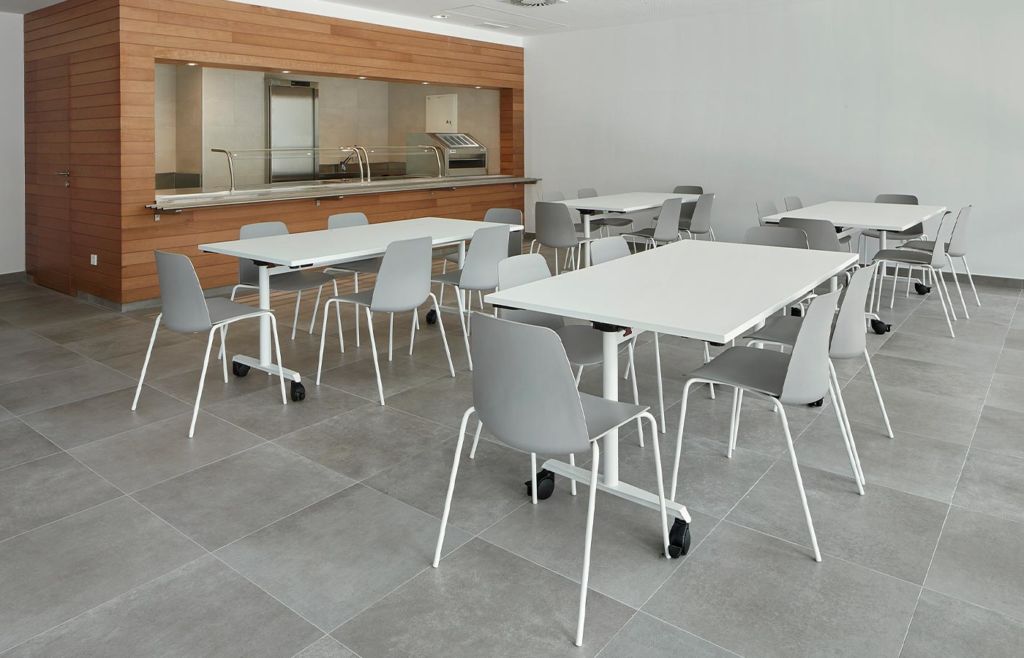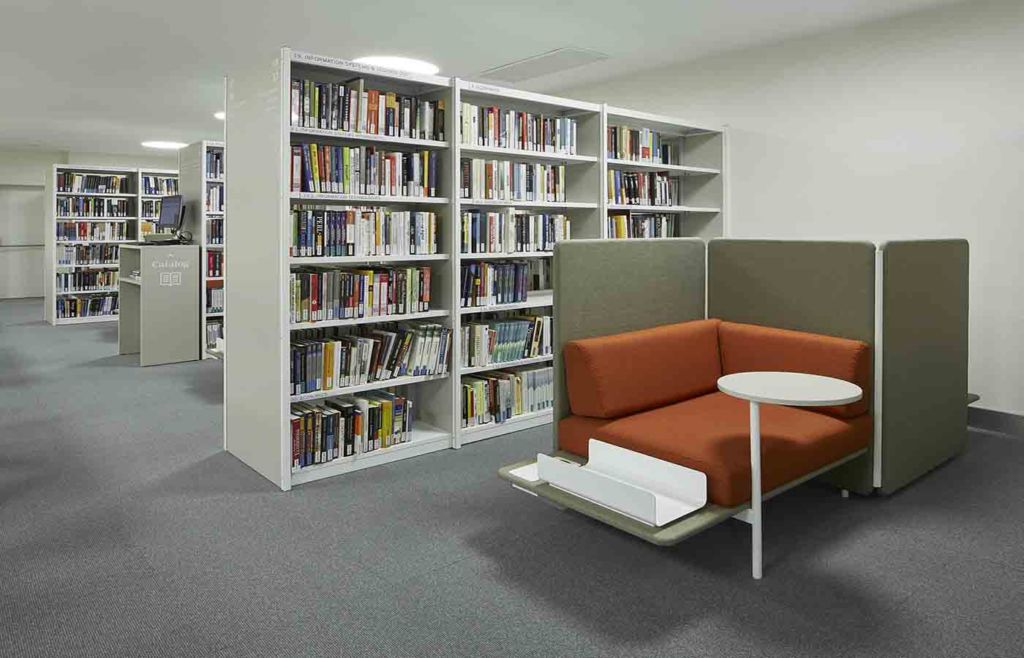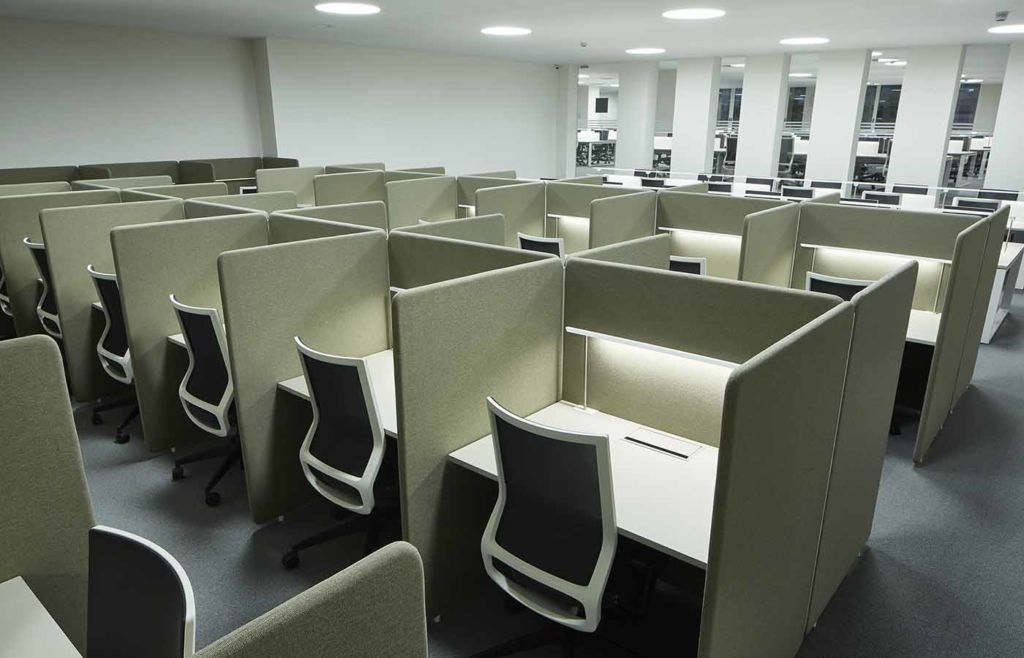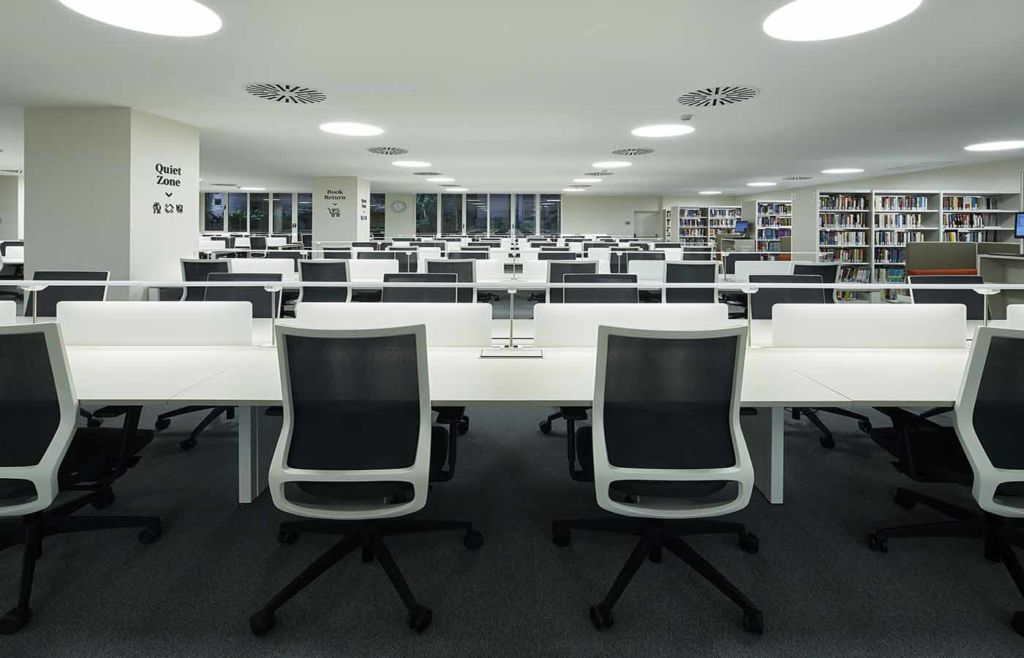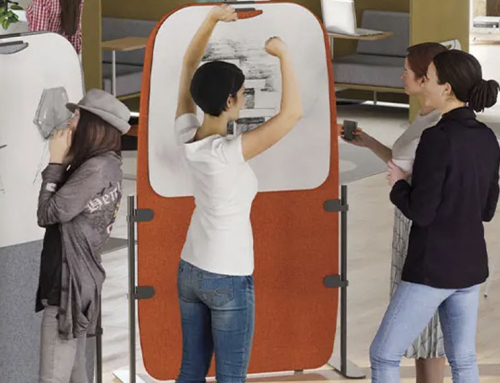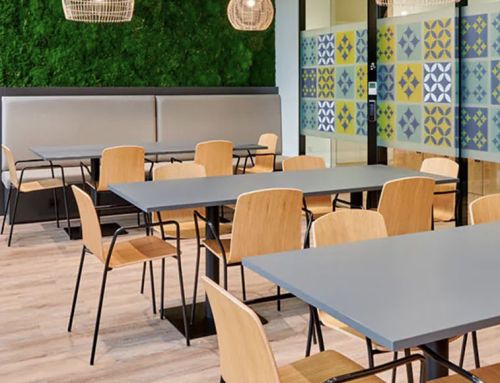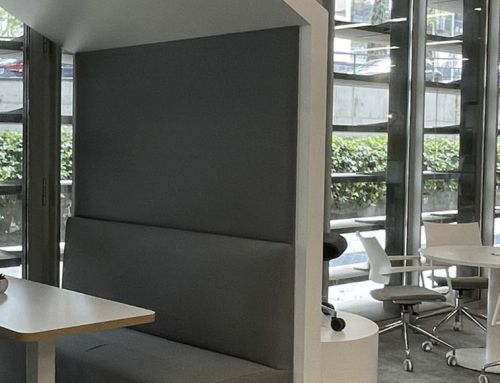In recent years, the design of educational spaces has undergone significant advances. With the evolution of technology and a greater understanding of the importance of the learning environment, new trends have emerged that seek to create environments conducive to academic development, collaboration and creativity.
Traditional teaching has developed its activity in rigid and static spaces, mainly designed for individual activities. This hinders the implementation of new learning methodologies, which are necessary for the development of the competencies and skills needed today, such as creativity, communication or teamwork, among many others.
All of this makes it necessary to redefine educational spaces, and this physical transformation can be a catalyst for the evolution that education needs, turning educational centers into flexible and inspiring spaces, and of course, safe and healthy.
In this article, we will explore some of the most prominent innovations in the design of education spaces.
Requirements for the design of efficient educational spaces
-
Flexibility and versatility in the design of educational spaces
One of the main trends in the design of educational spaces is the search for flexibility and versatility. Classrooms are no longer conceived as static places, but as environments adaptable to the needs of students and teachers. Modular furniture and mobile furniture and elements allow spaces to be quickly reconfigured to encourage group collaboration, individual work or project presentations.
Such are, for example, the proposals of Forthink and Meta, of Ofita, to facilitate this flexibility and versatility.
- meta
- forthink
-
Integrated technology
The integration of technology in educational spaces is a trend that has gained momentum in recent years. Interactive whiteboards, high-definition projectors, tablets and other electronic devices facilitate teaching and learning. In addition, students are encouraged to use their own mobile devices as learning tools, fostering research, communication and active participation in the classroom.
When learning happens anywhere, it is important to provide spaces that bring people together, as well as technology that helps people connect with each other.
-
Outdoor learning spaces
Connection to nature and the outdoor environment is increasingly valued in education. Outdoor spaces allow students to learn in a more relaxed and stimulating environment, developing their creativity and promoting environmental education. Gardens, orchards and outdoor recreation areas have become essential elements in the design of educational spaces.
The important thing is to give people the possibility to choose where to study and/or exchange impressions with others, in order to optimize their experience. Therefore, the strict delimitation of campus spaces is obsolete.
Today, a new way of using spaces to promote and enhance the living and learning experience is being imposed.
-
Ergonomic and healthy design
Student well-being is a priority in the design of educational spaces. Ergonomic furniture has become a key requirement to help prevent posture problems and promote good physical health. In addition, measures are incorporated to improve air quality, natural lighting and acoustics in the learning spaces, which promotes concentration and academic performance.
5. Spaces for collaboration and teamwork
Promoting collaboration and teamwork is another trend in the design of educational spaces. Group work areas, project rooms and informal spaces are being implemented to stimulate the exchange of ideas and social learning. These areas are equipped with versatile furniture and technology to foster communication and creativity.
6. Design comes to libraries
This space has been transformed in terms of aesthetics, comfort and functionality. The new libraries have nothing to do with the university halls of yesteryear. They include a variety of both formal and informal seating adapted to all postures. Workers can consult documents in a relaxed atmosphere on a pouff or work with their laptop at a long communal table.
In short, the design of effective educational spaces allows the connection between people and technology, favoring training, learning, work and social life. The objective is to make it easier for the student to be the real protagonist of his learning.
The design and equipment of educational spaces is constantly evolving, adapting to the changing needs of students and teachers. Flexibility, integrated technology, outdoor spaces, ergonomic design and the promotion of collaboration are some of the trends that seek to create environments conducive to the development of learning and creativity. These innovations are transforming the way educational spaces are conceived, providing students with an inspiring and stimulating environment for their education.
